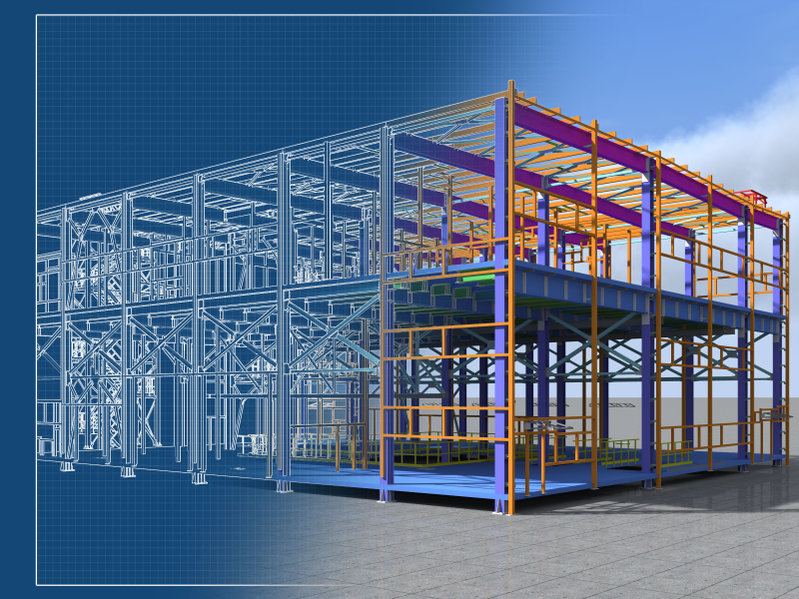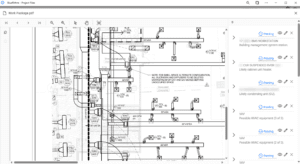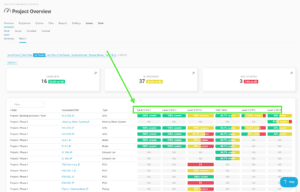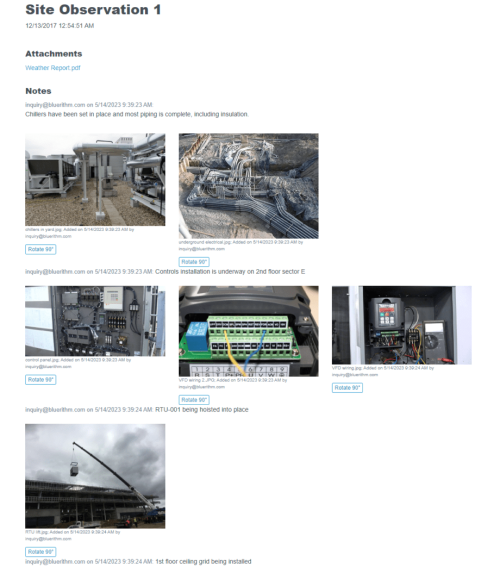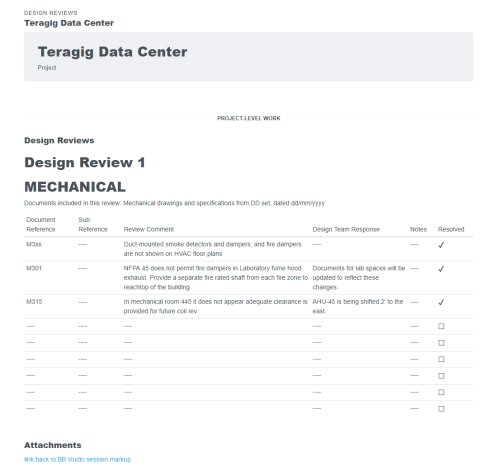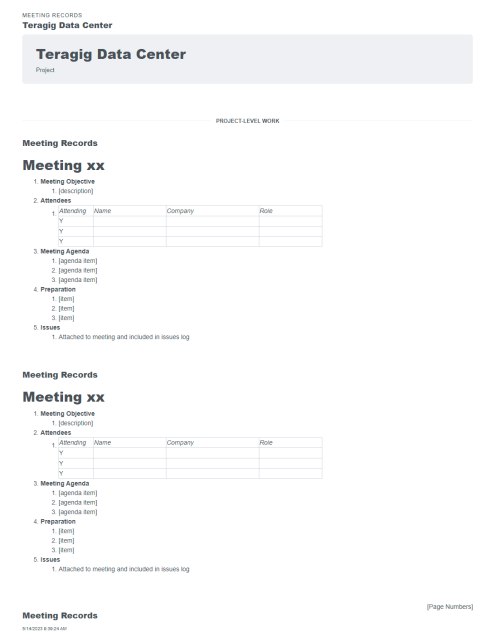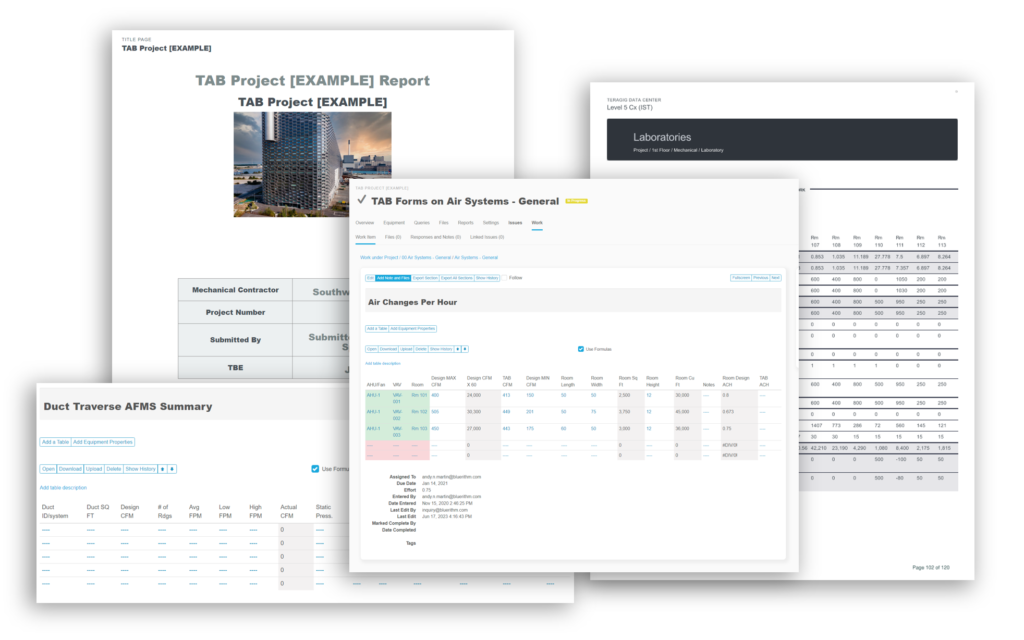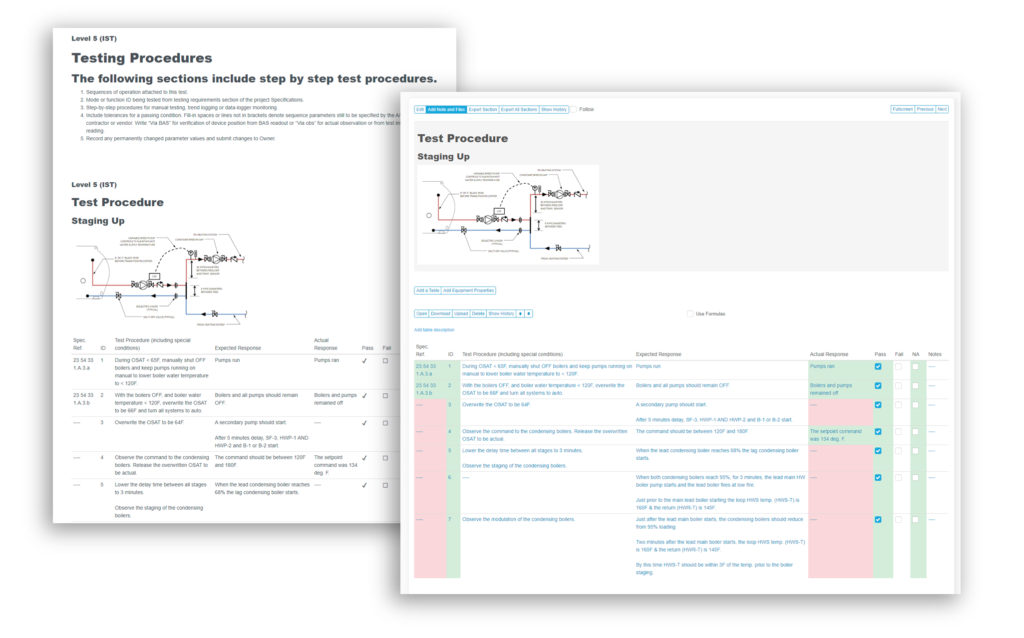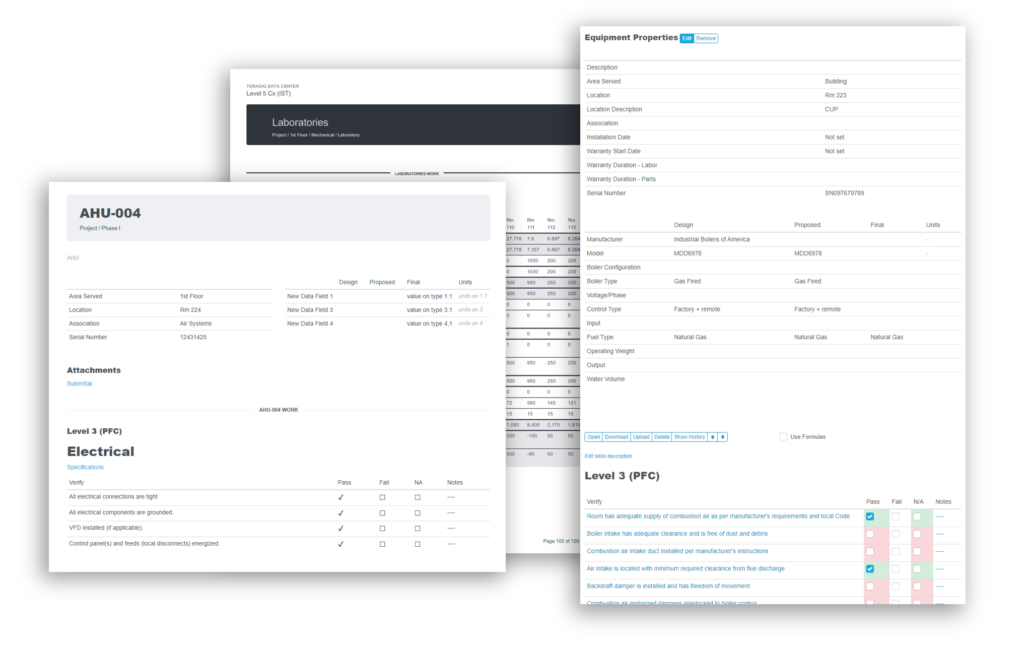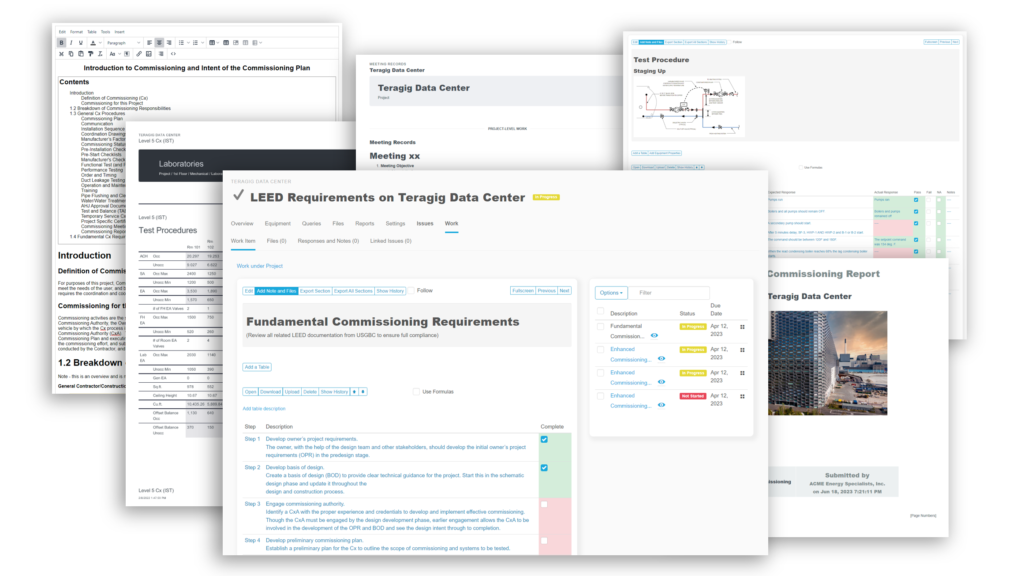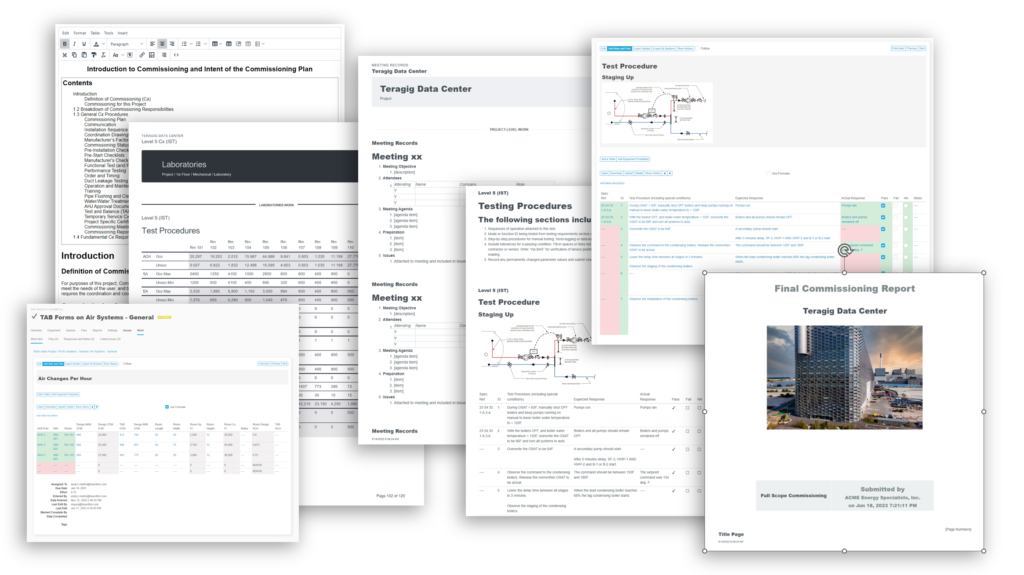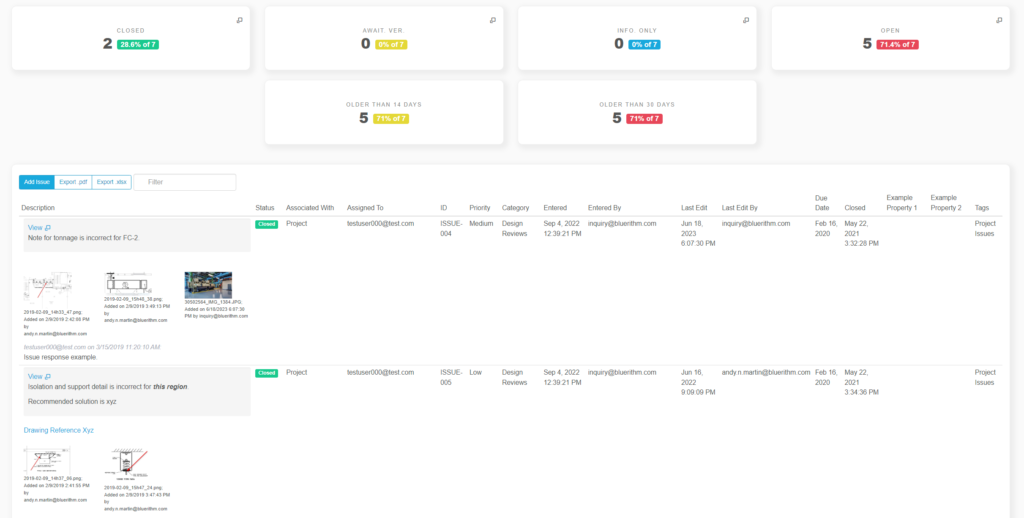And the new opportunities Bluerithm gives both contractors and commissioning providers
Now is the time for contractors and commissioning providers to consider engaging a complete digital transformation of their workflow and products. More and more building owners are demanding contractors deliver a full digital turnover of their construction projects. Is this change a burden or an opportunity?
The Digital Transformation
The digital transformation of business has been underway for more than two decades now. The changes vary from simple email use to Microsoft Office products to complete employee and client-facing applications used for every interaction imaginable.
Many industry services, like commissioning, and many of the field activities contractors manage, sit somewhere in the middle. For example, email and spreadsheet or database projects are heavily relied on to organize project management operations. But most interactions and on-the-ground labor are conducted without the benefit of our current state of digital progress.
Technology has moved beyond the transformations of email and computerized office applications. Instead, we now live in a cloud-based, real-time community where communications and oversight can happen without leaving any person or paper leaving the office. And building owners know this.
Building Owners Demanding a Full Digital Turnover
Andrew Martin, president of Bluerithm, a commissioning software company, says, “We’re getting involved in more and more projects lately where the owner has asked for a completely digital turnover package. This means no PDFs, no stacks of paper, etc. Everything lives in a digital twin or MMS at the end of the project.”
In a recent poll, 27% of respondents said their organization has “no plan” for an integrated, digital delivery. 64% of respondents said there is “some coordination” across their teams, but there is still no integrated delivery. That leaves 9% of providers prepared for the rising demand for digital turnovers.
Burden or Opportunity?
Unfortunately, many companies and senior management see digital transformations as a burden. As a result, they lack a vision for the ongoing changes and are blind to the stark opportunities and competitive advantages of a digital turnover.
Looking at the poll statistics, you can see that only 9% of companies are ready for this rising demand. So what does that mean? It means:
- Companies offering digitally integrated turnovers will grow and win more business.
- Companies offering digitally integrated employee and client-facing workflows will retain more workers.
- Companies offering digitally integrated and client-facing workflows will recruit more workers raised in this cloud-based, real-time economy.
Practically speaking, not having a digitally integrated vision is akin to planning for your business to fail in the future. Not progressing along a digitally integrated transition is planning for your business to be less competitive. It will be the reverse of the “Dotcom Bubble,” where an over-saturation of new internet startups didn’t have the market to support them. Likewise, those failing to change the way they currently work may see themselves knocked out of the market because the market no longer supports them.
Transforming your business to meet the current market’s expectations is not a burden – it’s an opportunity. And that’s especially so for those already working on or who have made the transition.
Planning for Successful Digital Turnovers
Successful digital transformations at the organizational level have key, identifiable commonalities. For commissioning providers and contractors, planning and being prepared to offer fully digital turnovers begins internally.
A fully integrated digital turnover means that your way of working internally within your organization has digitally transitioned. For example, your organization’s internal structure will need to match if your project’s processes, communication structures, documentation storage, in-the-field operations, and more are to be digitized.
Basically, to be ready for the rising demand, the changes a provider needs to make are not simply product side. Instead, the business itself needs to look, feel, and work as the product.
While there are many indicators of successful digital transformation, you should have your eye on these six key factors.
Six Key Indicators of Successful Digital Transformation
- Company-wide change story. Every person and every company needs a “reason to be.” Companies that successfully navigate change weave a change story into the entire organization. Everyone working there knows about the transformation and understands why it is important and necessary – at least from an intellectual and professional perspective.
- Digitally accessible information. Successful digital transformation requires that a company determine how to make essential information digitally accessible. While there is extra front-end work as organizational assets convert, the long-term benefits of this optimization are endless. Focus on converting information into digital repositories and shifting new information capture into digital processes.
- Digital self-serve technology for employees and business partners. A digital transformation is completed successfully when the change is holistic. There isn’t a simple, one-sided solution. Digital technology is integrated to assist with every function. Technology services employee workflows and operations, and vendor and client operations and interactions.
- Senior managers foster a sense of urgency. This indicator is perhaps one of the most significant obstacles to overcome. Organizations that succeed not only have senior management buy-in but ownership and leadership. Senior managers press to convert and hold an urgent sense of the business opportunity to be achieved – and lost with every day the transition isn’t made.
- Key roles ensure collaboration between units on transformation initiatives. Beyond senior management, those serving in key oversight roles of strategic functional units need to be on board. They share the sense of urgency and vision and enable their collaboration between units. They dismantle silos and build cross-functional relationships.
- SOPs modified to include new digital technologies. Finally, all standard operating procedures are modified to include new digital technologies. The digital transformation causes business and operations to be reimagined. Then, the changes are integrated into the hardwiring of the company. Finally, the expectations and allocations for digital work are engineered and delivered throughout the organization.
Preparing and Executing Digital Turnovers with Bluerithm
Full Integration – Before
Historically, organizations have lamented that too many disjointed digital applications exist to make a complete digital transformation. While email and office-based applications have been welcomed, full integration appeared impractical.
However, this situation gave rise to the newer generation of digital technologies. You may have heard them called hubs, platforms, dashboards, one-stop-shops, or similar. These software services focus on integrating entire enterprise-level operations, including various highly specialized technologies, all in one place.
This new technological development is significant for contractors, Cx professionals, and commissioning providers.
Full Integration – After
Admittedly, there will always be several layers and types of applications involved in designing, constructing, and operating complex facilities and assets. Therefore, the development and use of specialized tools are critical in such an environment.
However, the recent evolution of platform-based software has opened the digital transformation doorway for contractors and commissioning providers. And consequently, this is why building owners are now asking for total digital turnovers.
Leading the charge are companies like Bluerithm.
Bluerithm is a software platform that acts as a hub between the various layers and applications involved in complex facility and construction management. It facilitates smooth transfer of important equipment and asset data across design, construction, start-up, and testing operations all the way to the transferring to owner’s records.
As a hub, Bluerithm can:
- Ingest data from design tools like Revit,
- Facilitate and manage the field-collected data,
- And then provide real-time dashboards,
- All-in-one-place communications,
- And access to workflows and information for all stakeholders.
Bluerithm can transfer data to owners’ maintenance management systems, digital twins, or other record systems at the end of projects using the Bluerithm API and COBie imports and exports.
Additionally, Bluerithem gives every stakeholder appropriate-level access and visibility into the project, streamlining insights, problem-solving, communications, documentation, reporting, and auditing – all in one place.
The Competitive Advantage
Bluerithm gives commissioning providers and contractors the capacity to offer fully digital turnovers to their clients. This alone can be the deciding factor for owners as they entertain multiple proposals. Additionally, showing your potential client the advantages of a digitized workforce can be accomplished by including Bluerithm demonstrations in your presentations.
On the other side, Bluerithm also makes your workplace more attractive to current and future employees. Never lose sight of how the way you work impacts your recruitment and retention. Technology is often a critical factor in employee decision-making when it comes to accepting or leaving jobs.
Don’t plan to fail. Instead, start a Bluerithm account today to find out how you can prepare to execute a fully digital turnover.

